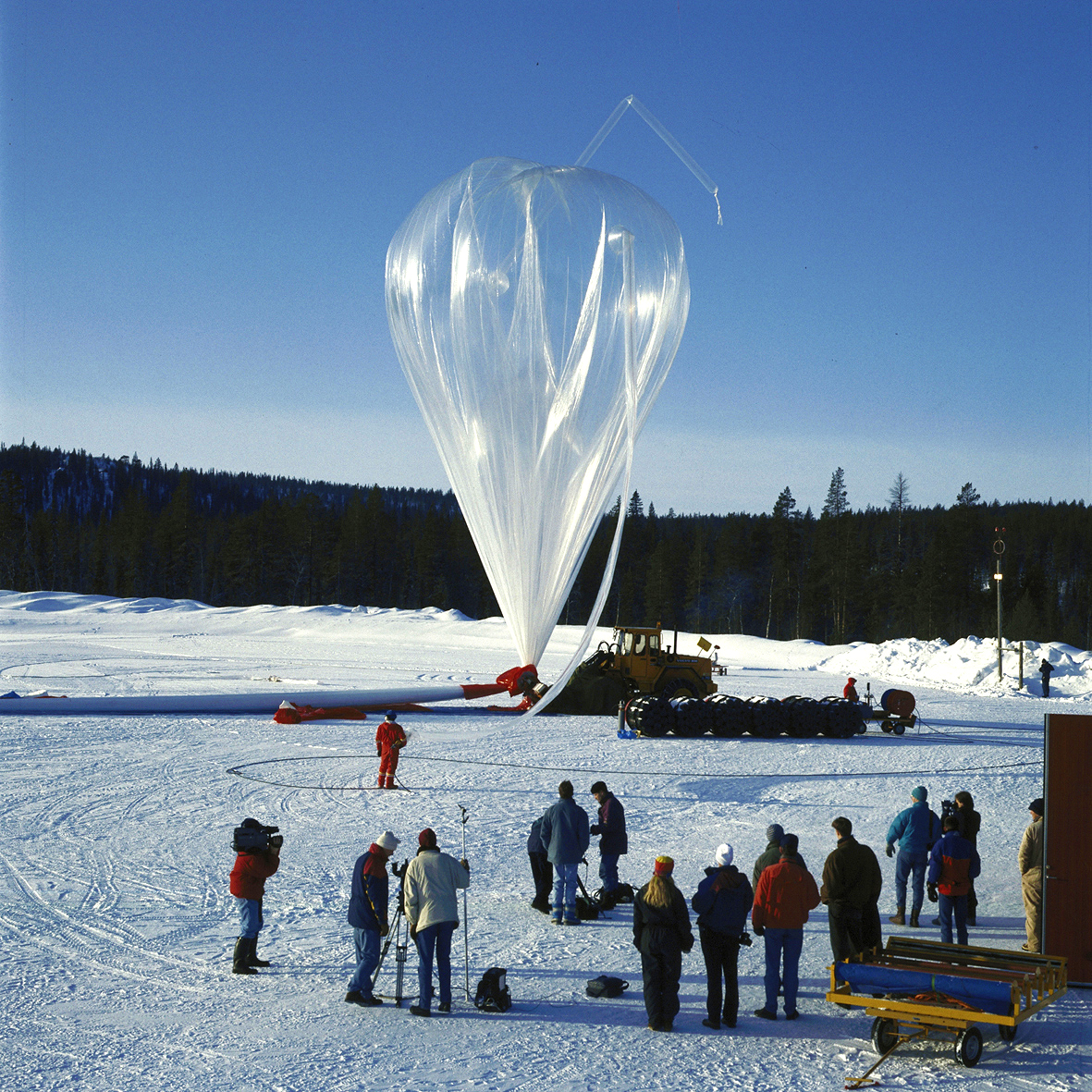Student experiments lift off with REXUS/BEXUS
20 February 2009
Many young people have great ideas about experiments they’d like to send into space. Unfortunately, flying experiments on a satellite or the International Space Station is often too expensive for universities and schools. However, there are cheaper, easier alternatives. For example, ESA’s Education Office has been offering flights on board small sounding rockets and high altitude balloons since 2007. The two programmes are known as REXUS (Rocket-borne Experiments for University Students) and BEXUS (Balloon-borne Experiments for University Students).
REXUS is an unguided, solid-fuel, single stage rocket. It can carry experiments weighing about 30 kg up to 100 km above the Earth. Half-way through the 6 minute flight, a payload section containing the experiments is separated. This module falls back to Earth, protected by a heat shield. During the final part of the mission, parachutes slow its descent for landing.
BEXUS is a huge balloon which measures 14 m across when filled with helium. It can lift 100 kg to a height of 35 km and stay aloft for up to 5 hours. The experiment container (known as a gondola) is released from the balloon and recovered using a parachute system. The payload is usually brought back to the launch site one to two days after lift off.
Both REXUS and BEXUS are launched from Kiruna in northern Sweden. Several flights are offered each year, giving students a rare opportunity to design and build experiments that will fly to the edge of space. It is hoped that many of these students will go on to work in the European space industry.





